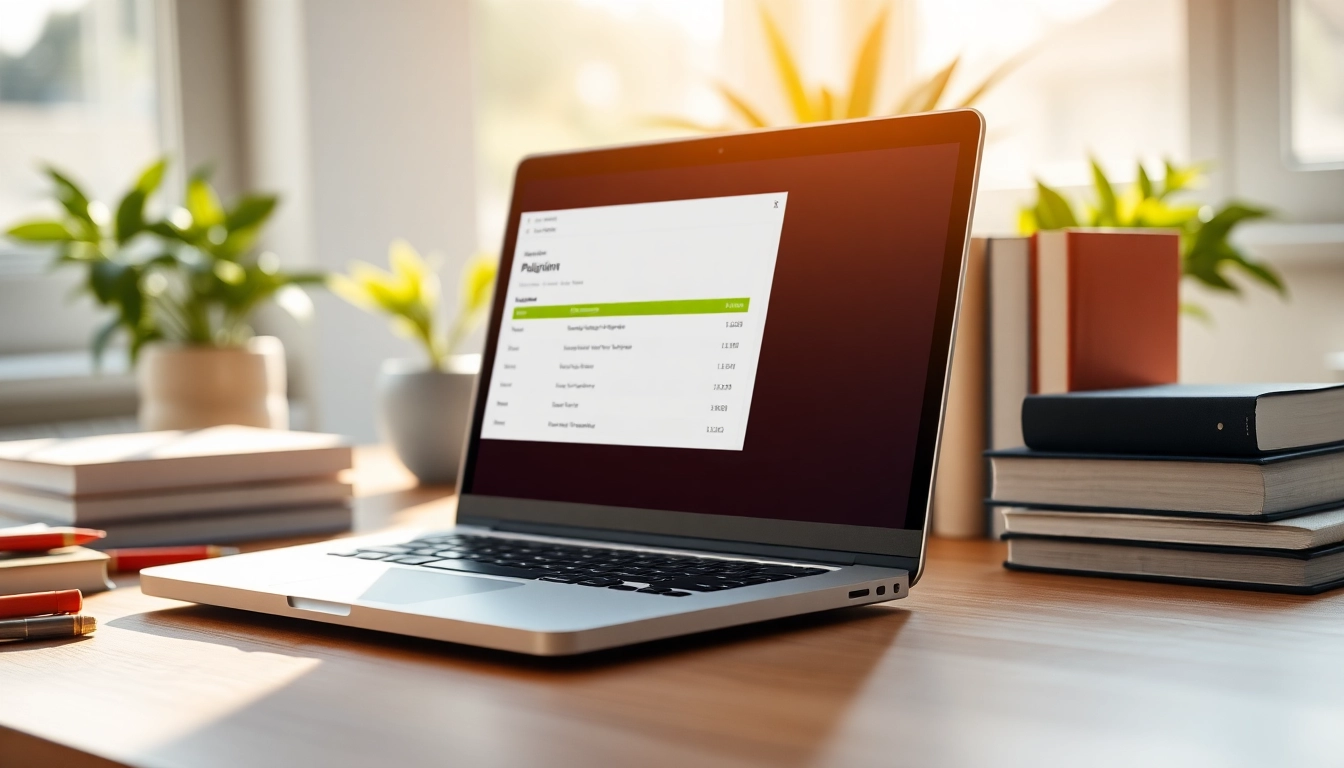Understanding Plagiarism and Its Consequences
The Definition of Plagiarism
Plagiarism is the act of using someone else’s work, ideas, or expressions without proper acknowledgment, thereby presenting them as one’s own. This unethical practice undermines the credibility of writers and can have severe consequences in both academic and professional settings. It occurs in various forms, ranging from copying text verbatim to paraphrasing without citation, and it encompasses not only written text but also images, music, and other creative works.
Types of Plagiarism
Understanding the different types of plagiarism is crucial for avoiding it. Some common types include:
- Direct Plagiarism: Copying someone else’s work word-for-word without citation.
- Self-Plagiarism: Reusing one’s own previously submitted work without permission or acknowledgment.
- Patchwork Plagiarism: Combining phrases or ideas from various sources without proper attribution.
- Accidental Plagiarism: Unintentional failure to cite sources correctly or misrepresenting someone else’s ideas.
Academic and Legal Implications
The consequences of plagiarism can be severe, including failing grades, suspension, or even expulsion from academic institutions. Legally, plagiarism can lead to lawsuits, loss of reputation, and financial penalties. Many organizations implement strict policies and use tools to detect plagiarism, reflecting the seriousness of this ethical breach.
How a Plagiarism Checker Works
Technological Foundations of Plagiarism Checkers
A plagiarism checker operates through sophisticated algorithms and databases that scan documents for similarities against a vast collection of sources, including academic papers, online content, and publications. These tools utilize Natural Language Processing (NLP) to understand context and improve detection accuracy.
Key Features to Look For
When choosing a plagiarism checker, consider the following features:
- Database Size: A larger database increases the likelihood of detecting plagiarized content.
- Real-Time Analysis: Some checkers offer immediate feedback, which is beneficial for ongoing writing projects.
- Reports and Analytics: Detailed reports highlighting the sources of potential plagiarism can help users understand and correct their writing.
- Integration with Writing Tools: Compatibility with word processors or content management systems facilitates easy use.
Accuracy and Reliability Considerations
The effectiveness of a plagiarism checker largely depends on its accuracy. Reliable tools not only highlight potentially plagiarized content but also provide context for the similarities identified. Users should verify results manually to ensure that not all highlighted sections are indeed plagiarized, as false positives can occur.
Steps to Use a Plagiarism Checker Effectively
Preparing Your Document for Analysis
Before using a plagiarism checker, ensure your document is properly formatted. Remove unnecessary elements like footnotes, endnotes, and references that might interfere with the analysis. Copy the body of your text and paste it into the plagiarism checker interface, ensuring that it matches the content you wish to analyze.
Interpreting the Results
Once the plagiarism check is complete, review the results carefully. Most plagiarism checkers provide a summary of similarity scores, indicating the percentage of your text that matches other sources. Examine highlighted sections to determine if proper citations are needed or if rephrasing is required.
Making Improvements Based on Feedback
Take action based on the feedback from the plagiarism checker. If certain sections are marked as potentially plagiarized, consider rewriting them in your own words and providing appropriate citations. This step not only aids in maintaining academic integrity but also enhances your writing skills over time.
Choosing the Right Plagiarism Checker
Comparison of Popular Plagiarism Checkers
There are several plagiarism checkers available, each offering unique features. When evaluating options, consider factors such as user interface design, ease of use, speed of processing, and additional writing tools offered. Free versions may have restrictions, while premium versions often provide more comprehensive analysis and support.
Free vs Paid Options: What to Consider
Free plagiarism checkers can be useful for quick checks, but they often have limitations in terms of database size and accuracy. Paid options may deliver better results through access to larger databases and advanced features like real-time checking and detailed reports. It’s essential to weigh the costs against the benefits when making your choice.
User Reviews and Recommendations
Before settling on a plagiarism checker, read user reviews and testimonials. Look for feedback on accuracy, ease of use, and customer support. Recommendations from peers or educators can also provide insights into which tools have provided reliable performance.
Best Practices for Avoiding Plagiarism
Citation Techniques to Ensure Originality
Adhering to correct citation guidelines is vital for avoiding plagiarism. Utilize styles such as APA, MLA, or Chicago, depending on your academic or professional requirements. Consistently applying these styles ensures that you credit sources correctly and demonstrate respect for the intellectual property of others.
Effective Paraphrasing Strategies
Paraphrasing is an essential skill for maintaining originality in writing. To paraphrase effectively, understand the original text fully before rephrasing it in your unique voice. Use synonyms, restructure sentences, and capture the essence of the message while giving credit to the original source.
Developing a Unique Writing Style
Developing your unique writing style enhances originality and reduces the temptation to plagiarize. Focus on experimenting with various techniques, tones, and structures. Emphasize your personal insights and perspectives to make your writing stand out and reflect your voice.
In conclusion, avoiding plagiarism is critical in maintaining integrity and respect within academic and professional realms. Utilizing a robust plagiarism checker, understanding the nuances of plagiarism, and implementing effective writing techniques are fundamental steps in ensuring originality and ethical writing practices.
